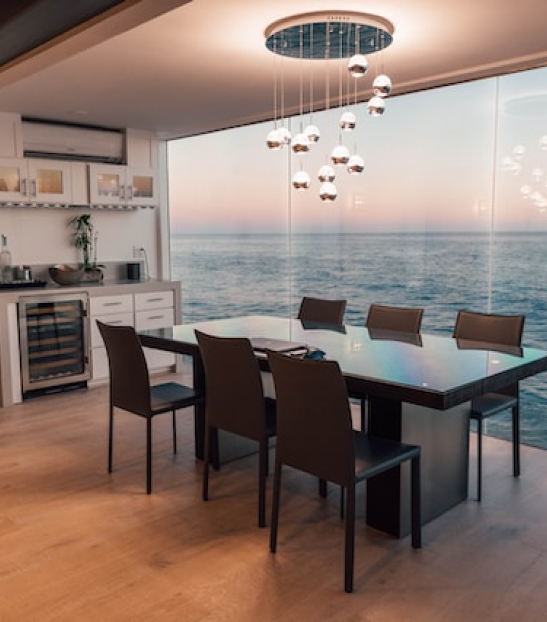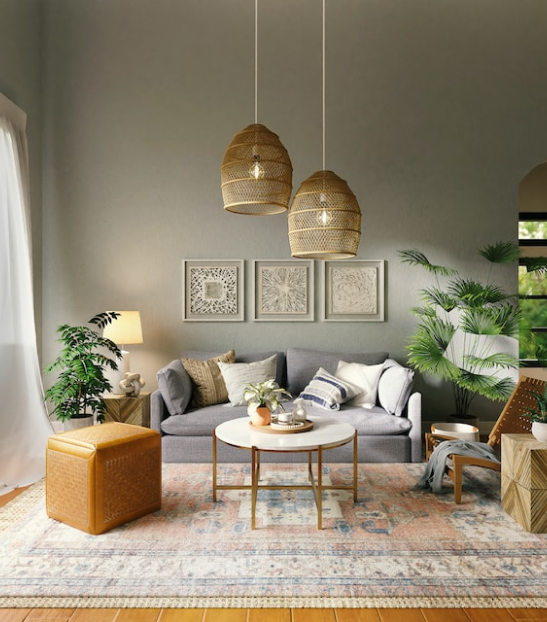Delve into the world of sustainable architecture, where innovation and eco-conscious design pave the way for a more environmentally-friendly future. Introduction Sustainable architecture is more than just a trend; it’s a crucial movement shaping the future of the construction industry. With growing concerns about climate change and environmental impact, architects and designers are increasingly embracing sustainable practices to create buildings that tread lightly on the planet. In this article, we will explore the principles of sustainable architecture, its benefits, and how it is leading the way towards a greener and more sustainable future. Understanding Sustainable Architecture Sustainable architecture, also known as green or eco-friendly architecture, goes beyond aesthetics and functionality. It revolves around designing and constructing buildings that minimize their negative impact on the environment throughout their entire lifecycle. From conception to demolition, sustainable buildings prioritize resource efficiency, reduced energy consumption, and minimal waste production. Key Principles of Sustainable Architecture a. Energy Efficiency: Sustainable buildings are designed to consume less energy. This involves incorporating passive design techniques such as natural ventilation, daylighting, and well-insulated building envelopes to reduce the need for artificial heating and cooling. b. Renewable Energy Sources: Integrating renewable energy sources like solar panels and wind turbines enables buildings to generate clean energy, reducing their reliance on non-renewable fossil fuels. c. Water Conservation: Sustainable architecture emphasizes water-saving strategies such as rainwater harvesting, greywater recycling, and low-flow fixtures to reduce water consumption and minimize strain on water resources. d. Material Selection: Using sustainable and environmentally friendly materials, like recycled and locally sourced materials, helps lower the carbon footprint of construction and minimizes waste generation. e. Adaptive Reuse and Recycling: Transforming existing structures through adaptive reuse reduces the need for new construction and promotes preservation, while recycling materials from demolition contributes to a circular economy 2-The Benefits of Sustainable Architecture: a. Environmental Impact: Sustainable buildings have a significantly lower carbon footprint and help mitigate climate change by reducing greenhouse gas emissions. b. Energy Cost Savings: Energy-efficient buildings lead to substantial cost savings on energy bills over time, benefiting both building owners and occupants. c. Health and Well-being: Sustainable buildings often prioritize indoor air quality and natural lighting, creating healthier and more comfortable living and working environments. d. Resilience and Adaptation: Sustainable design takes into account the changing climate and the potential for extreme weather events, making buildings more resilient and adaptable in the face of climate challenge Conclusion Sustainable architecture is an essential step towards building a greener future for generations to come. By integrating environmentally responsible practices and embracing innovative technologies, architects can play a significant role in mitigating climate change and preserving our planet’s resources. As awareness and demand for sustainable buildings grow, the construction industry will continue to evolve, creating a more sustainable and resilient built environment for the future.

















